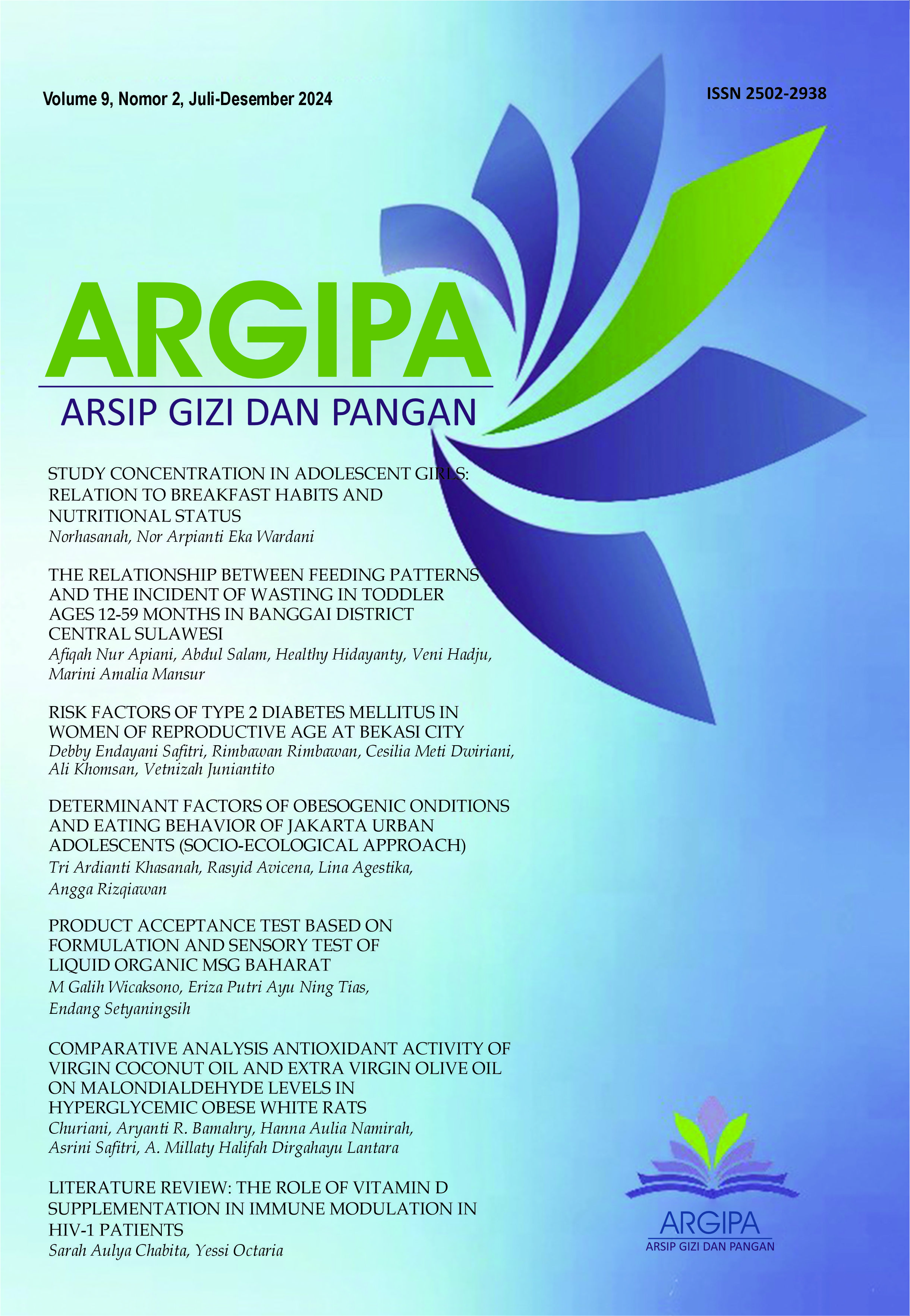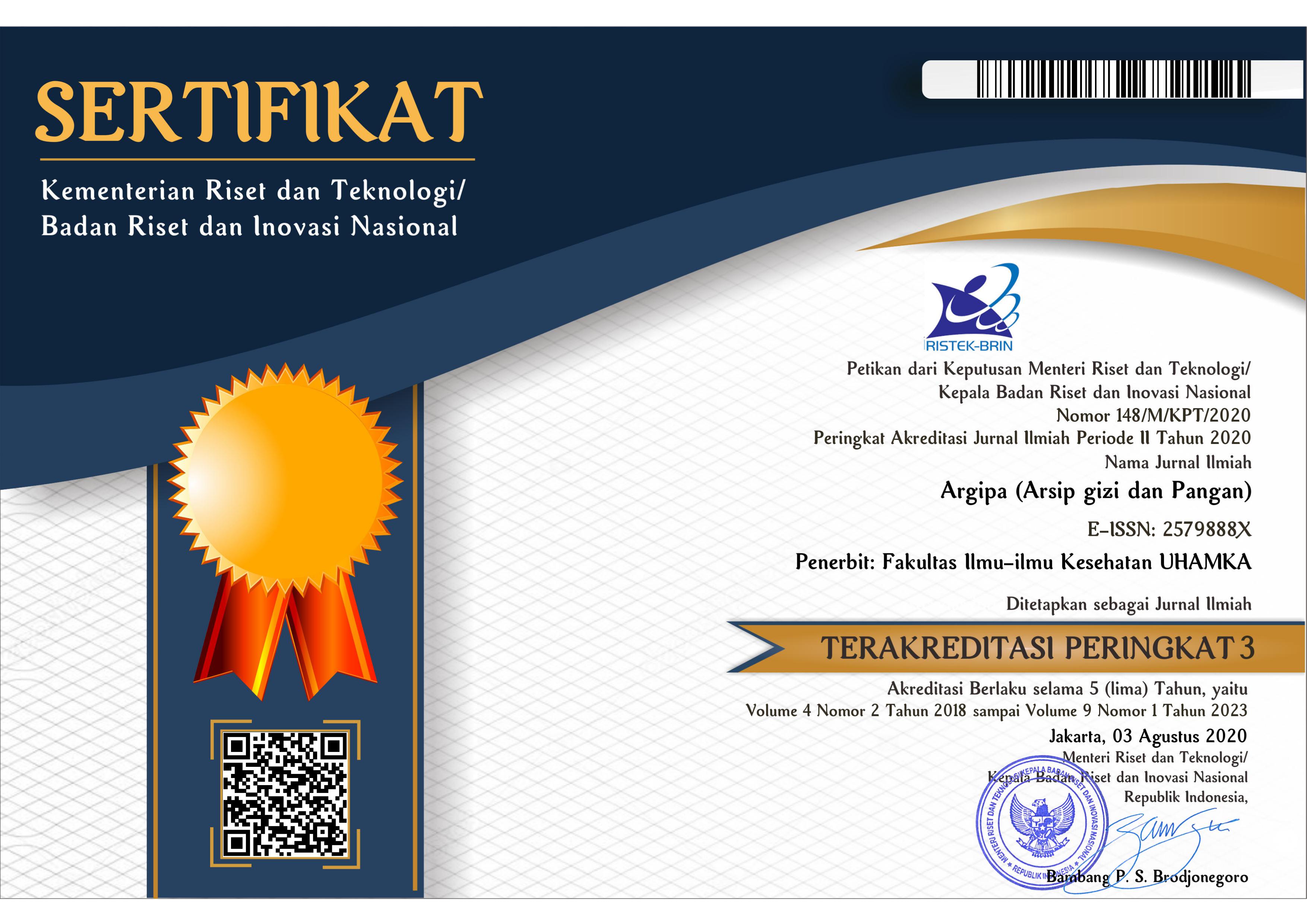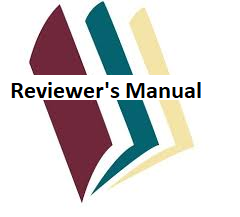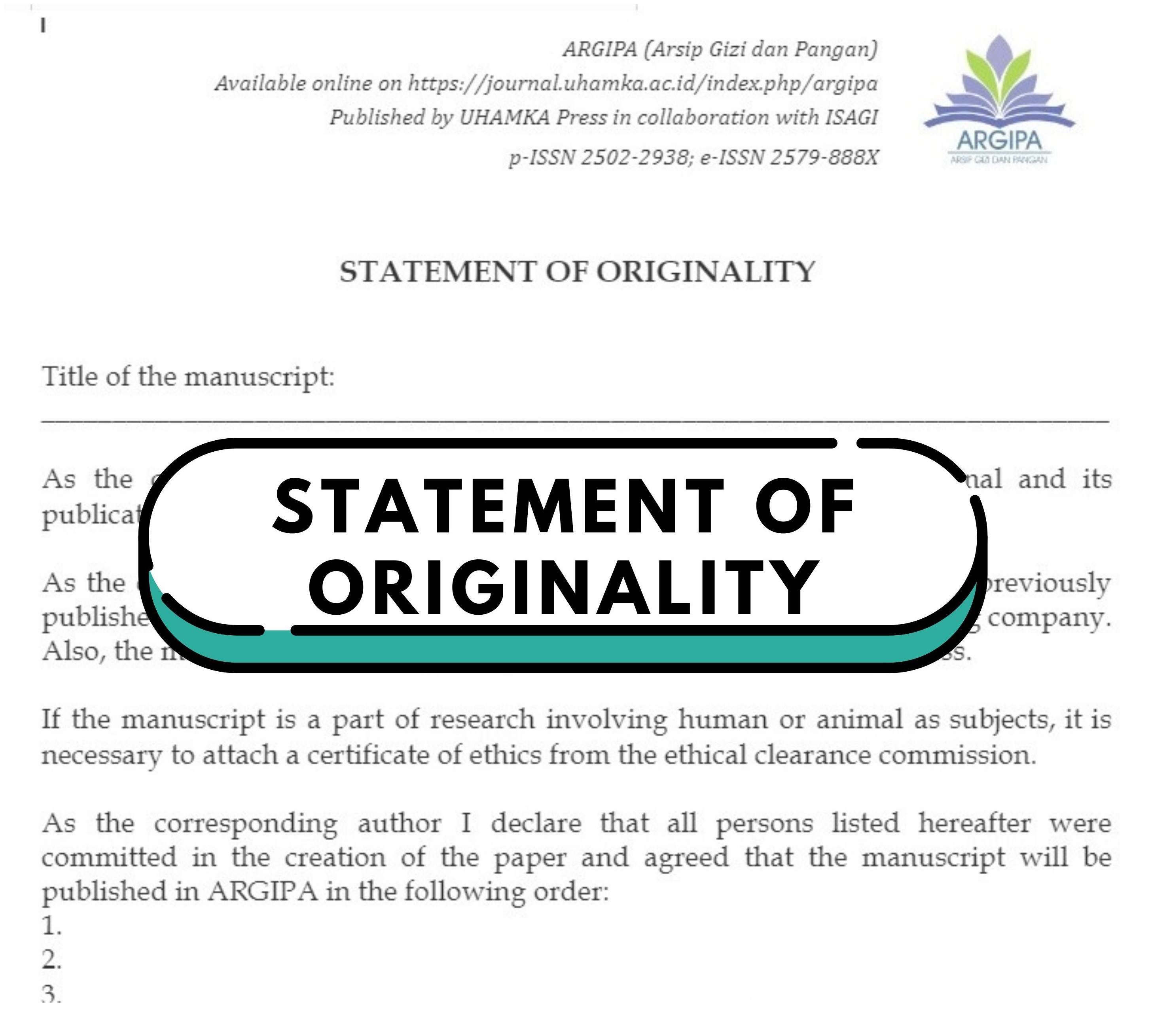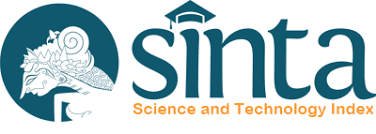Risk factors of type 2 diabetes mellitus in women of reproductive age in Bekasi City
DOI:
https://doi.org/10.22236/argipa.v9i2.18050Keywords:
diabetes melitus, diabetes melitus gestasional, menarche, menstruation cycle, ObesityAbstract
Diabetes mellitus has a significant impact on health and, in the long term, can lead to complications. Women are at a higher risk of developing type 2 diabetes mellitus compared to men. For women of reproductive age, diabetes mellitus can affect reproductive health and pregnancy quality, which may influence the next generation. The study aimed to determine risk factors for type 2 diabetes mellitus in women of reproductive age in Bekasi City. This was matched case control study, involving 72 subjects selected by purposive sampling. The study was conducted at community health centre in Bekasi. Results: There were no significant differences in nutritional status (p=0.083) and age at menarche (p=0.234) of women of reproductive age with T2DM and non-T2DM. Long menstrual cycles increase the risk of type 2 diabetes mellitus by 6.2 times higher than normal menstrual cycles (p=0.005). A history of gestational diabetes in women of reproductive age increases the risk 2.2 times higher for women of reproductive age to experience T2DM in the future (p=0.027). Long menstrual cycles and gestational diabetes are important factors contributing to the increased risk of T2DM in women of reproductive age.
Downloads
References
Alam, S., Hasan, M. K., Neaz, S., Hussain, N., Hossain, M. F., & Rahman, T. (2021). Diabetes Mellitus: insights from epidemiology, biochemistry, risk factors, diagnosis, complications and comprehensive management. Diabetology, 2(2), 36–50.
Albajy, M. A., & Mihailescu, D. F. (2023). Obesity and Diabetes Mellitus 2: Interrelated Relative Relationship. International Journal of Research and Review, 10(9), 320–335.
De Paoli, M., Zakharia, A., & Werstuck, G. H. (2021). The Role of Estrogen in Insulin Resistance: A Review of Clinical and Preclinical Data. American Journal of Pathology, 191(9), 1490–1498.
Diaz-Santana, M. V., O’brien, K. M., Park, Y. M. M., Sandler, D. P., & Weinberg, C. R. (2022). Persistence of Risk for Type 2 Diabetes After Gestational Diabetes Mellitus. Diabetes Care, 45(4), 864–870.
Ferrannini, G., De Bacquer, D., Vynckier, P., De Backer, G., Gyberg, V., Kotseva, K., Mellbin, L., Norhammar, A., Tuomilehto, J., Wood, D., Rydén, L., Ferreira, T., Manini, M., Taylor, C., Berlé, C., Fiorucci, E., Glemot, M., Konte, M., Larras, F., … Maggioni, A. P. (2021). Gender differences in screening for glucose perturbations, cardiovascular risk factor management and prognosis in patients with dysglycaemia and coronary artery disease: results from the ESC-EORP EUROASPIRE surveys. Cardiovascular Diabetology, 20(1), 1–12.
Friedrich, N., Thuesen, B., Jørgensen, T., Juul, A., Spielhagen, C., Wallaschofksi, H., & Linneberg, A. (2012). The association between IGF-I and insulin resistance: a general population study in Danish adults. Diabetes Care, 35(4), 768–773.
Huffman, J., Hoffmann, C., & Taylor, G. T. (2017). Integrating insulin-like growth factor 1 and sex hormones into neuroprotection: Implications for diabetes. World Journal of Diabetes, 8(2), 45–55.
Ikoh Rph., C. L., & Tang Tinong, R. (2023). The Incidence and Management of Type 2 Diabetes Mellitus After Gestational Diabetes Mellitus. Cureus, 15(8).
Khazaeian, S., Shahraki-Sanavi, F., & Ansarimoghaddam, A. (2024). Menarche age and the risk of diabetes: A cross-sectional study in South-Eastern Iran. Health Science Reports, 7(1), 1–9.
Liwin, L. K., & Payne, C. F. (2023). How do sex-specific BMI trajectories shape diabetes risk? A longitudinal analysis of Indonesian adults. BMJ Public Health, 1(1), e000020.
Lwanga S. K., Lemeshow S., & Organization W. H. (1991). Sample size determination in health studies : a practical manual / S. K. Lwanga and S. Lemeshow. World Health Organization. https://apps.who.int/iris/handle/10665/40062
Mumford, S. L., Steiner, A. Z., Pollack, A. Z., Perkins, N. J., Filiberto, A. C., Albert, P. S., Mattison, D. R., Wactawski-wende, J., & Schisterman, E. F. (2012). The Utility of Menstrual Cycle Length as an Indicator of Cumulative Hormonal Exposure. J Clin Endocrinol Metab, 97(10), E1871–E1879.
Ohno, R., Kaneko, H., Ueno, K., Aoki, H., Okada, A., Kamiya, K., Suzuki, Y., Matsuoka, S., Fujiu, K., Takeda, N., Jo, T., Ako, J., Morita, H., Node, K., Yasunaga, H., & Komuro, I. (2023). Association of Body Mass Index and Its Change With Incident Diabetes Mellitus. The Journal of Clinical Endocrinology and Metabolism, 108(12), 3145–3153.
PERKENI. (2021). Pedoman Pengelolaan dan Pencegahan Diabetes Melitus Tipe 2 di Indonesia. PB PERKENI.
Santos, M. P., Li, Y., Bazzano, L. A., He, J., Rexrode, K. M., & Ley, S. H. (2023). Age at menarche, type 2 diabetes and cardiovascular disease complications in US women aged under 65 years: NHANES 1999-2018. BMJ Nutrition, Prevention and Health, 6(2), 293–300.
Shamsad, A., Kushwah, A. S., Singh, R., & Banerjee, M. (2023). Pharmaco-epi-genetic and patho-physiology of gestational diabetes mellitus (GDM): An overview. Health Sciences Review, 7(December 2022), 100086.
Wang, Z., Asokan, G., Onnela, J. P., Baird, D. D., Jukic, A. M. Z., Wilcox, A. J., Curry, C. L., Fischer-Colbrie, T., Williams, M. A., Hauser, R., Coull, B. A., & Mahalingaiah, S. (2024). Menarche and Time to Cycle Regularity Among Individuals Born Between 1950 and 2005 in the US. JAMA Network Open, 7(5), E2412854.
Yan, H., Yang, W., Zhou, F., Li, X., Pan, Q., Shen, Z., Han, G., Newell-Fugate, A., Tian, Y., Majeti, R., Liu, W., Xu, Y., Wu, C., Allred, K., Allred, C., Sun, Y., & Guo, S. (2019). Estrogen improves insulin sensitivity and suppresses gluconeogenesis via the transcription factor Foxo1. Diabetes, 68(2), 291–304.
Yuliarfani, N., & Nina, N. (2022). Pengaruh Pekerjaan, Stres, Obesitas, dan Siklus Menstruasi dengan Kejadian Infertilitas pada Wanita. Jumantik, 7(1), 21–31.
Downloads
Published
How to Cite
Issue
Section
License
Copyright (c) 2025 ARGIPA (Arsip Gizi dan Pangan)

This work is licensed under a Creative Commons Attribution 4.0 International License.

